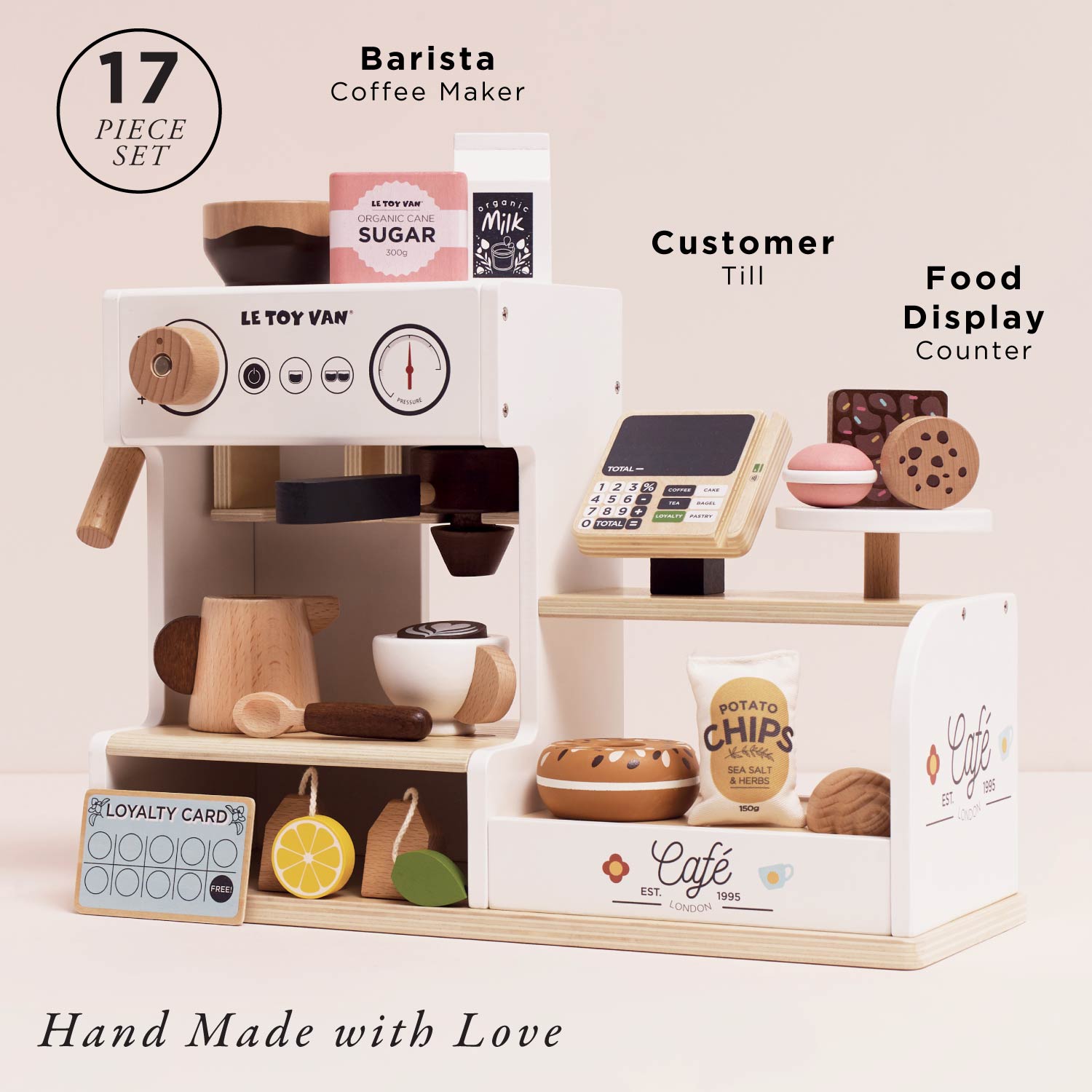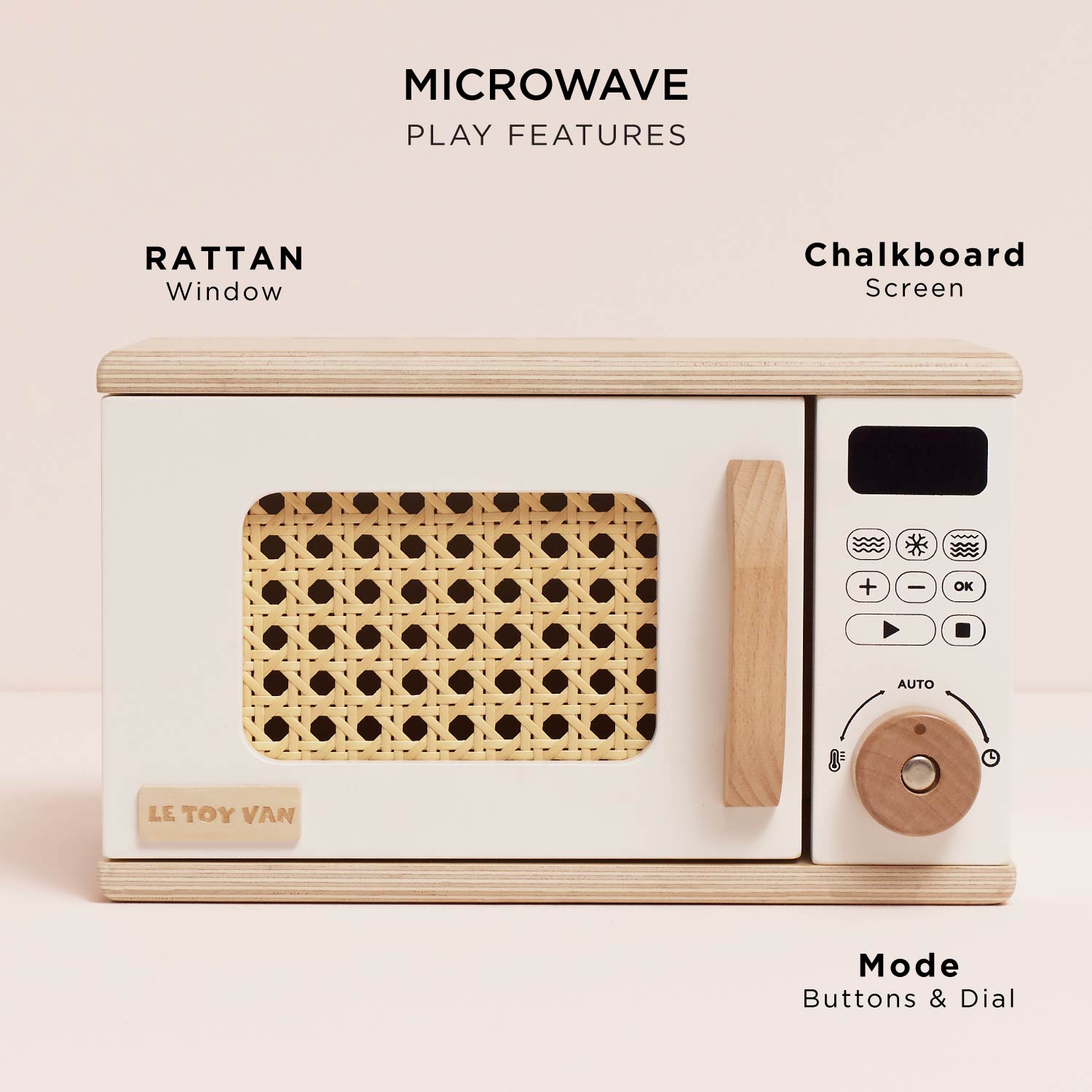What Are Stacking Toys?
Stacking toys are any type of toy which involves mounting one piece on top of the other, popular examples include ABC Wooden Blocks and Stacking Rings. Children can build and stack blocks independently, helping them to develop a wide range of skills as well as helping to keep them busy. Although they may be deemed simple in appearance, stacking toys provide a lot more than mere entertainment for babies and toddlers and are in fact, helping your child learn various essential skills including, but not limited to, balance, coordination, and cognitive skills.
The use of stacking toys can start from a young age, typically around age nine months plus, through toddlerdom and into the preschool years.
Balance and Stacking Toys
What Is Balance?
Balance is the ability to control the movement of the body during any type of task – the average person is able to balance automatically without needing to give it too much thought. Standing unaided requires balance, as does walking and running. Maintaining balance can become more challenging during stationary positions as well as activity and as a child grows and develops, their activities become increasingly demanding, especially so during the school years where they may be expected to participate in various sports or gymnastics for example, which require the ability to remain stable and balanced whilst engaged in movement or holding a stationary position.
How Do We Learn to Balance?
Although babies and toddlers all develop at varying rates, in most countries there are several milestones which the average child is expected to reach at a particular age – for example, most babies can usually hold the weight of their own heads by around 4 months, begin to sit unaided at 6 months and begin to crawl, pull to a stand, and manipulate toys by 9 months. All of these developments require balance - for some, these may occur slightly earlier or later, depending on the individual child.
It also appears that cultural backgrounds can make a fundamental difference to the development of balance in young children - for example, in some areas of the world, young children appear to be able to master the ability of head-loading and walk with apparent ease. It appears that this practice of head-loading during childhood allows the individual to develop a particular gait which continues into adulthood.
Likewise, children that live in an environment which encourages climbing from a young age, whether it be on trees or any other type of structure, appears to enhance balancing skills from an early age. Therefore, whilst it may be justifiably argued that a sense of balance is innate, it appears that it can also be significantly progressed and honed by the environment we live in – making it important that care providers of young children provide the tools and surrounding environment necessary for supporting the development of balance and coordination. Good balance also decreases the likelihood of injury, improves general posture, and aids the body for better physical skill, performance, and confidence.
How Do Stacking Toys Help?
Play is a child’s main occupation - it is through play that they learn about the world around them and how to control their own bodies. Stacking toys help to teach them valuable balance and coordination skills, the baby or toddler learns to achieve balance not only with their own body but also by engaging with external objects such as toys. By controlling the movements of their hands and fingers, young children learn to manipulate individual objects. Babies as young as 6 months can practise moving components of the toys around and stacking them on top of one another, learning to control the precise movements of their arms and hands.
Coordination & Motor Skills
Coordination in its most basic form describes the ability to use different parts of the body together in a smooth and effective way. Coordination directly impacts balance, and both skills are essential for a great number of physical activities such as walking, running and dexterity amongst other skills.
For babies and toddlers, coordination forms an important part of the learning process. There are several different types of coordination which are referred to when considering child development.
Hand-to-Eye Coordination
This is the ability to process sensory information and then engage the use of the hands and fingers to perform a particular task related to the sensory input - or put more simply, the ability of the eyes to guide the hands in movement, such as learning to catch or to write. This also supports dexterity and the ability to grasp small objects.
Bilateral Coordination
This describes the ability to use both sides of the body together in a coordinated way, it is important because so many tasks require the use of both sides of the body, many of which form the basis of various gross motor skills - these refer to movement of the larger muscle groups of the arms, legs, and torso; without them activities involving exercise, jumping, or climbing for example would be impossible, most older children and adults engage their gross motor skills easily and automatically - without gross motor skills any individual will struggle to perform a number of everyday tasks. Bilateral coordination also assists in the development of fine motor skills - these are small fine movements which help children to participate in several more complex activities such as learning to tie their shoelaces, writing, using scissors, and typing etc.
Bilateral coordination is engaged during stacking play as this type of activity often requires the child to use both arms and hands at the same time, picking up objects and alternating sides as objects are stacked. During play with stacking toys children learn how to group pieces together and move them into the desired location to satisfy the object of the game. Babies will often start with very few larger pieces, but as they grow, they will be able to learn to use smaller more intricate pieces.
Cognitive Skills
Stacking toys are also beneficial to the development of cognitive skills, as babies and toddlers are encouraged to engage in problem solving and logical thinking.
Visual and Spatial Perception
Visual and spatial awareness are supported by play with stacking toys as the child learns what fits where, aiding their development of understanding of how objects connect with one another, when individual pieces are balanced, stacked together, and do not topple over. This also helps to increase a sense of body awareness, of where the body is in space and what happens if it comes into contact with surrounding objects. The infant becomes aware that the weight of his or her body can have an impact on the surroundings - a stacking toy can be knocked over if leant upon – and the child will also learn to catch their own body and make the necessary adjustments, in order to remain balanced and stable.
Language Development
Language skills are engaged during most types of play and stacking toys are no exception to the rule, providing an excellent opportunity for care provider to increase vocabulary and teach object recognition as well as colour, shape, size etc. They can also support babies and young children in learning to follow directions and instructions during activities.
Creative Play
Stacking toys help to stimulate creative play, young children are particularly good at finding multiple purposes for play items – something which fosters creativity and imagination.
Our Toys
Le Toy Van is an independent family-run organisation, specialising in the design and manufacture of a wide range of hand-crafted toys for babies, toddlers, and young children. Our products are tested for age safety, made from ethically sourced wood, and decorated with non-toxic paints.
We offer numerous stacking toys suitable for children of varying ages and abilities, providing a fun activity for all. Our stacking toy range is specifically designed to stimulate balance and coordination in babies and toddlers, as well as giving them the freedom to be creative, enhance their cognitive skills and engage in logical thinking. Here are some of our favourites:














Share and get 15% off!
Simply share this product on one of the following social networks and you will unlock 15% off!